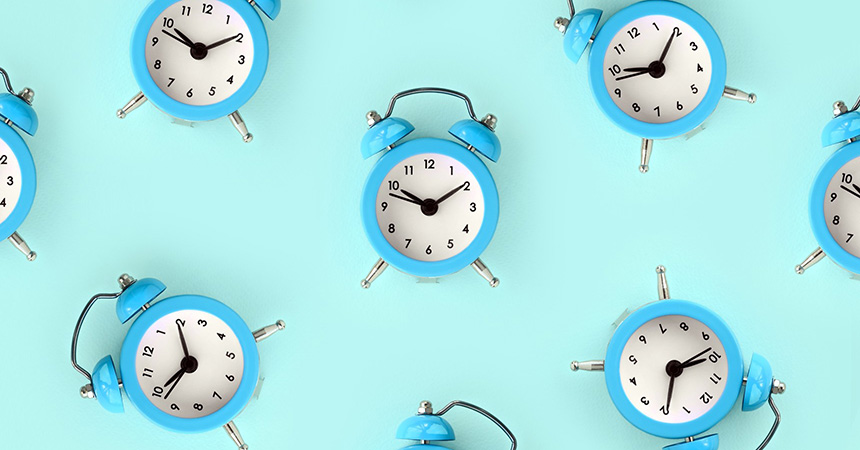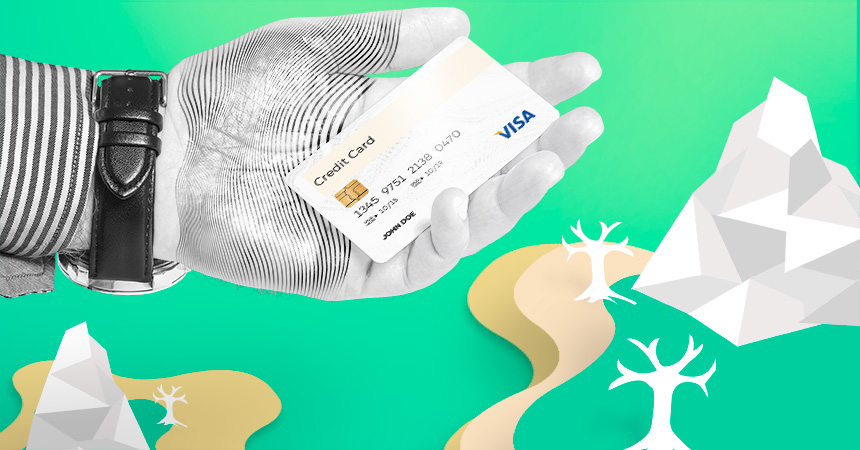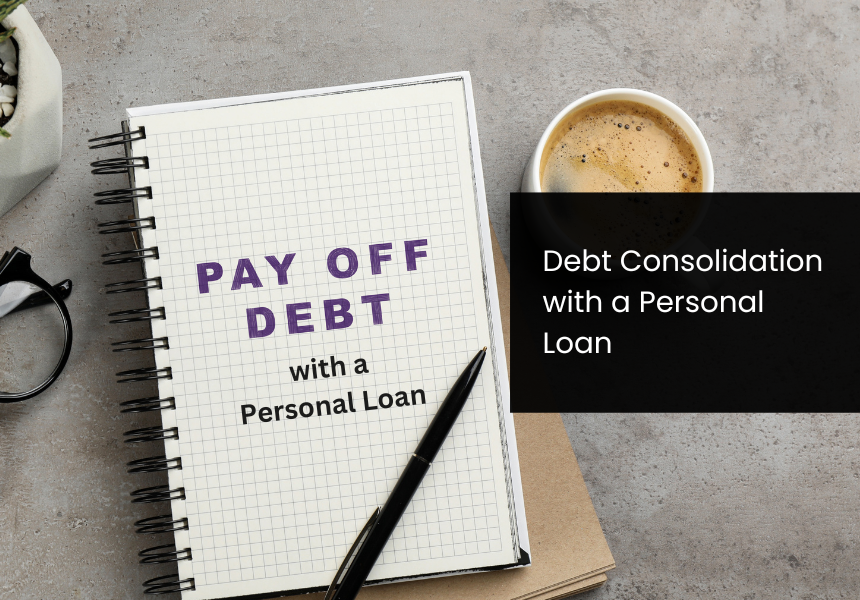
This article is the second part in our series of Managing Debt. Read Part 1 : Why You Should Consider Debt Consolidation – Managing Debt (Part 1)
Understanding Credit Card Debts
Credit cards are a big part of our financial transactions, and the facility of spending now and paying later is something that comes in handy more often than not. While credit card gives you freedom of spending money when you don’t have cash, you need to know about the charges and fees that go with it to make the best use of it.
Most of us know how credit card bills can sneak up on you in months when you need to make unexpected or occasional big payments. Here are some common reasons why credit card bills tend to balloon up:
- You pay the minimum amount, not the full amount due. In this case, the existing outstanding amount (from previous month) is carried over to the next bill.
- You lose track of expenses and end up over-using the credit card to incur a huge bill. This typically happens during festivals, trips, medical emergencies, etc.
- If you have multiple credit cards, you could lose track of the payment dates. Not only would this mean a higher bill for the next month, but also would involve late fees and other additional charges.
- Credit card companies offer “cash advance options as well. This means you can withdraw a certain amount of cash (on credit) for your expenses at a particular rate of interest. If you avail the cash advance feature, you would incur additional charges and interest on the borrowed amount. This would increase your credit card bill amount. A cash advance lets you use the credit card to avail a short-term cash loan at an ATM or Bank.

Why Timely Credit Card Payments are Important?
In instances where you forget, are unable, or neglect to pay off your credit card bill by the due date, your credit report takes a hit. This report records your debt and repayment history. It also records whether you have outstanding loans or have defaulted on any payments. The CIBIL TransUnion generates credit score based on this report, and financial institutes or lenders usually consider this score while checking your credibility. They’ll consider this as one of the factors, to decide whether to give you a loan and at what interest rate to give the loan. A higher credit score would help your chances here. Even when you apply for another credit card, the bank issuing the card will look at your credit score.
Read More About : Factors That Affect Your CIBIL Score

How To Repay Your Credit Card Outstanding?
“Pay off your debt first. Freedom from debt is worth more than any amount you can earn.”- Mark Cuban
When you see a big credit card bill, often the first reaction is panic and disappointment at having to give up a huge part of your salary toward the payment. You immediately start visualizing yourself foregoing shopping trips, cutting down on ordering/eating out and postponing travel plans. But it doesn’t have to be so bleak! There are several tools available in the market that will help you recover from credit card debts and recover your financial health in no time.
1. Personal Loans
Different credit card companies charge 24%-36% interest per annum. However, you can get a personal loan at an annual interest rate of 10.50%-20%, depending on your creditability. So, you can take up a personal loan and pay off your credit card bill; this way, you will need to pay a much lower rate of interest on your debt, which you can then pay off in easy and manageable EMIs. Your monthly outflow will reduce, making the payments more manageable and less stressful.
A customized Personal Loan that you can consider is a Credit Card Takeover (CCT) Loan. This is a kind of Personal Loan that is meant to help pay off credit cards. This loan charges lower interest than credit cards. CCT Loan’s interest rate is about 16%-20% interest as opposed to 24%-36% charged by credit cards. This loan helps you clear all your credit card debts in one go, thus improving your credit score.
At LoanTap, we provide Credit Card Takeover Loan, a type of Personal Loan, at extremely competitive rates of interest. The process is hassle free and transparent. We offer loans ranging from ₹50,000 to ₹2 Lakhs depending on your eligibility. The tenure of the loan is 12 months. For the Credit Card Takeover loan, the interest needs to be paid every month and the principal amount needs to be paid as a lump sum at the end of the loan tenure. We also do not levy any foreclosure charges for prepayment of loans after 6 months of disbursements. Nominal charges are applicable if the prepayment is prior to 6 months.
2. Debt Consolidation
As the name suggests, debt consolidation involves consolidating all your liabilities from different debts (credit card and other sources) and taking a single loan to pay off all the existing debts. Once you consolidate your debts, you won’t need to deal with different vendors and payment dates every month; you will just need to keep track of the single loan that you have taken to pay off all others. It also means you will end up paying a lower rate of interest and lesser EMI amount each month. There are several agencies that can help and counsel you on the process of debt consolidation. While consolidating your debts, you can opt for either a secured loan or an unsecured loan personal loan. Secured loans would need you to pledge an asset as mortgage. If your debt amount is larger, a secured loan is a better option since it involves a lower interest rate and loans you a higher amount. Unsecured loans are available at slightly higher rates, but you will not need to mortgage any asset. The loan period for unsecured loans is generally shorter than that for secured loans.
3. Balance Transfer and Personal Loan Balance Transfer
Balance transfer is a process where you transfer your debts from one or more credit cards that charge a high interest rate to one with a lower interest rate. During promotional periods, many financial institutes offer balance transfer cards with no or very low interest rates for the first few months. To be eligible for a zero-balance transfer card, you require a good credit score. A balance transfer fee will be charged during this process. It is particularly important that the credit card for balance transfer have enough credit limit for paying off your debts. The limit should not be maxed out after the debt payment.
Personal loan balance transfer
Initially the concept of balance transfer was restricted to credit card balance transfer. But it is now extended to all kinds of debt facilities, such as home loans, car loans, education loans, and personal loans. Under this process, you can transfer your ongoing loan from one lender to another lender who is offering the same loan at a lower rate of interest. Personal loan balance transfer does not require any collateral although it may come with foreclosure charges from the existing lender. The new lender may charge stamp duty or any processing fee, if deemed necessary.
Overdraft For Salaried – An alternative to Credit Card
As per the overdraft facility, an individual who has a saving/current account in a bank is granted a certain amount up to which he/she can overdraw from his account (that is, withdraw more than what he/she has in the account). Interest is charged only if you avail the overdraft facility; further, interest is levied only on the amount overdrawn. For instance, you have an overdraft for INR 1,00,000 attached to your bank account. If you use INR 40,000 from that, then you are liable to pay interest only on the used amount of INR 40,000 and not on the entire sum (i.e., 1,00,000/-).
Credit card vs Personal Overdraft
Let’s assume that you have an overdraft facility of ₹25 lakhs and credit cards with total limit of ₹8 lakhs. In an emergency, you need to make purchases worth ₹10 lakhs. You will be able to transact for maximum of ₹8 lakhs with your credit card depending on the limit unused. You will have to borrow another ₹2 lakh either from a friend or you will need to apply for some sort of personal loan. Any of the two process would be time consuming. Under this scenario, it would be better to use the overdraft facility. The funds are readily available, it saves you the time and hassle of requesting for a loan from an acquaintance, and you will have to pay interest only for the number of days for which you have borrowed the ₹10 lakhs (amount overdrawn).
Though both these facilities are used to address short-term financial needs, there are certain factors you must consider while selecting the debt type.
|
Credit Card |
Overdraft facility |
| 50-60 days of interest-free credit following which interest of 24 36% is charged on the unpaid amount. | No interest-free period. Interest charged on the overdrawn amount. |
| Suitable for individuals | Suitable for business entities |
| Higher interest rate | Lower interest rate |
| Quicker approval | Longer time taken for approval |
| May have an annual application fee | May include a loan establishment fee and monthly account fee |
| Late payment fees are levied | Late payment fees are levied |
• The primary advantage of credit card is that it comes with 50-60 days of interest-free credit. An individual can use the prescribed credit limit within that time limit. After that, the issuing authority will charge an interest of 24% to 36% on the unpaid amount. You will also be charged late payment fees after the due date. Bank overdraft on the other hand has no interest-free period. The interest is only charged if you utilize the overdraft amount. The interest will be charged on the withdrawn amount only.
• Overdraft interest rates are lower than credit cards interest rates as overdraft facility is given to an individual against some asset.
• Credit card approvals are quicker than those for bank overdraft.
• Some lenders charge loan establishment fee on overdraft facility. Also, it may carry monthly account fees. Depending on the type of credit cards, some cards may have an annual application fee.
• If payments are not made on time, both the lines of credit will attract late payment fees. Your interest rates may also increase significantly, so make sure you stay on top of the amount and dates for payments.
Make your decision based on how much money you need on loan, for how long you need it, and how much interest you will need to pay. With these tools at your disposal, make the most of your finances and remain fiscally fit!
Read Part 1 of our series on Managing Debt: Why You Should Consider Debt Consolidation – Managing Debt (Part 1)







